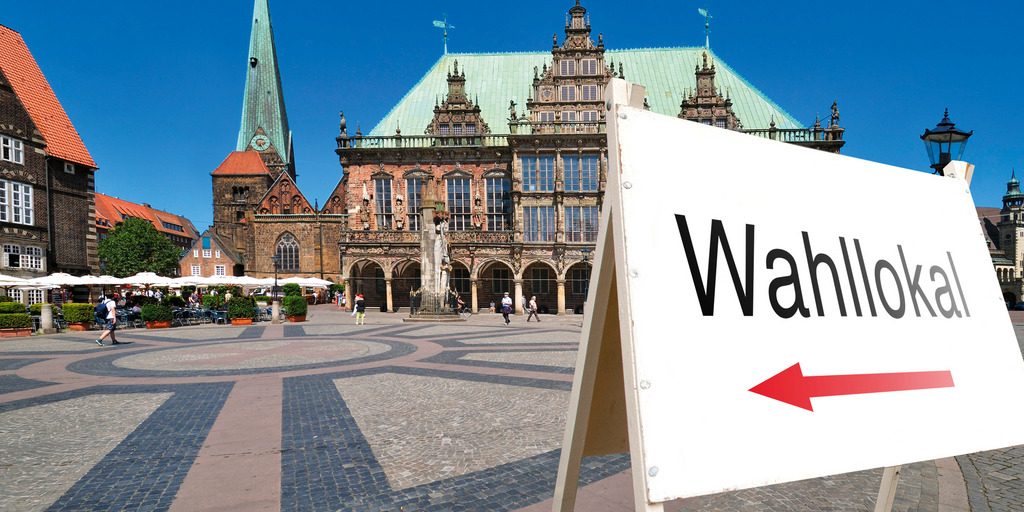The results of Bremen's parliamentary elections are not socially representative, according to a recent Bertelsmann Stiftung study. A disproportional share of the 244,000 eligible voters who opted not to cast their ballots in the election last Sunday come from socially disadvantaged milieus.
The new election analysis confirms the results of earlier Bertelsmann Stiftung studies: The more precarious the social situation of a neighborhood, the fewer people from it go to the polls. When compared with the districts that showed the highest voter-turnout rates, almost 12 times as many households in Bremen's non-voter strongholds belong to socially weaker milieus. And almost four times as many jobless individuals and twice as many school dropouts are also living there.




